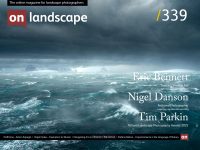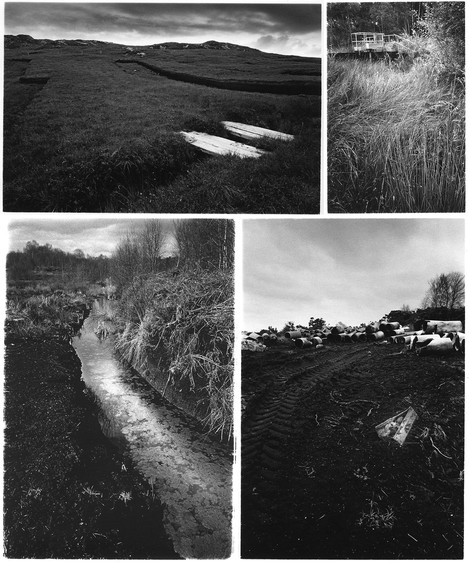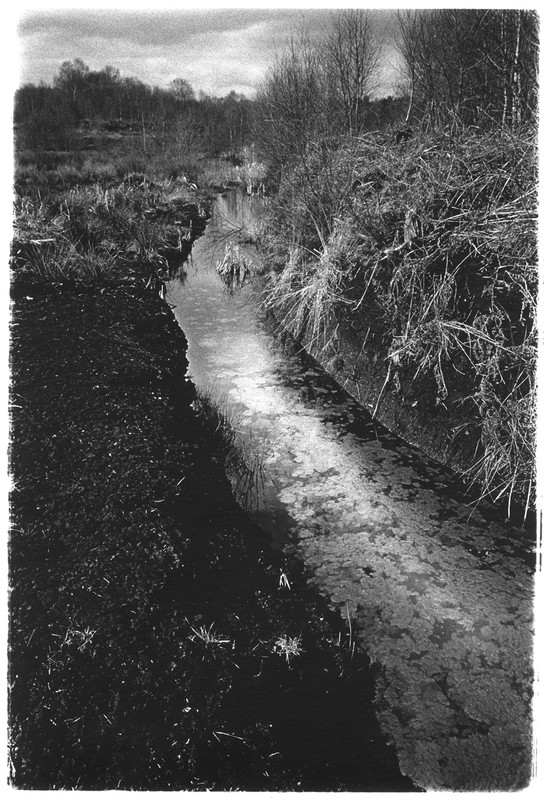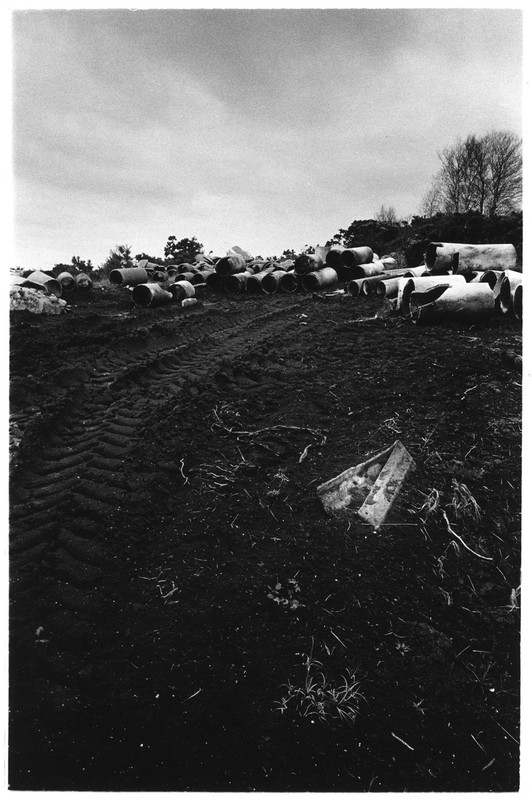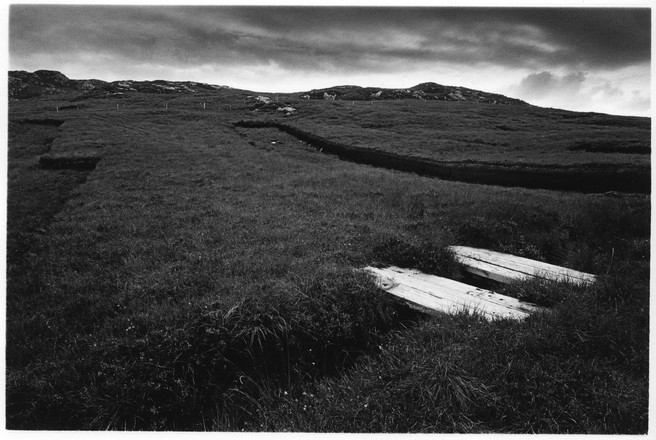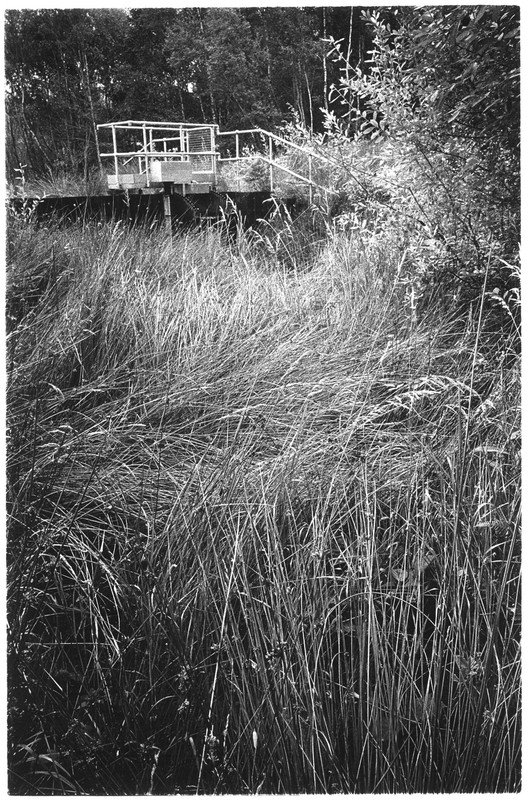Martyn Pearson

Martyn Pearson
Although now living in Lancashire, Martyn Pearson was born and spent most of his formative years in his beloved Sheffield. Upon leaving school in 1972, he studied graphic design at Granville College. It was here that he discovered photography. Eventually, Martyn became a commercial photographer and latterly went on to teach photography at South Trafford College and Blackpool College and then Blackburn College and Blackburn University Centre. In 2002 he graduated from De Montfort University with a MA in Photography. in 2018 he established the BA (Hons) Photography and Moving Image course. Now retired, he concentrates on making photographs purely for himself, documenting environmental concerns, with history and literature also an influence.
These photographs are a contemplation on the British and Irish peat landscape as a non-passive, productive environment. The primary intention of the work is to interrogate the effects of human intervention on the dynamics of our atmosphere using the tools of expressive photography. ‘Torfskeri’ is an Old Norse name for the iron tool for cutting peat.
In an effort to raise awareness of the environmental importance of peat and its ability to mitigate the worst effects of climate change I have travelled extensively, throughout the British Isles and Ireland photographing peat-lands. Research funding assistance for this project has come from The University Centre, Blackburn.
Peat is formed when land becomes water-saturated, limiting oxygen and retarding the natural decay of plant matter such as sphagnum moss. The process of laying down peat is incrementally slow, a layer of peat increases in depth by an average of 1mm per year. As a result, some UK peat bogs are 1000 years old and 10 meters deep. Ancient peoples would sometimes plunge sacrificial offerings in to the deep, dark wetness of these mires, the anaerobic, qualities of bogs preserves artefacts and remains. Each lowland raised bog provides an habitat for thousands of species of insects, hundreds of rare plants and endangered birds such as skylarks, curlew and snipe.
Since pre-history, and exponentially, throughout the agricultural, industrial and post-industrial revolutions, our bog-lands have been exploited by anthropogenic activity to provide fuel for heating, cooking and for horticultural purposes. In some countries Peat is harvested on an industrial scale, supplying energy for electricity power stations. Unfortunately some bogs are being quickly drained in order to satisfy the present demand for land to provide housing and property development.
3% of our Earth’s land mass is peat but peat bogs, being a carbon sink, store 30% of all terrestrial carbon. This non-renewable energy source acts as a vital sequester of Carbon Dioxide, Methane and Nitrous Oxide. When bog-lands are desiccated through cutting, burning, or draining these ‘greenhouse’ gases are released, contributing greatly to climate change.
The Torfskeri series is made using traditional photographic materials, primarily Ilford film and fibre based, matt paper, a Leica M camera and lenses and hand printed in the darkroom. Aesthetically, these pictures are evocative of the slick darkness and weighty substance of the mire material that Seamus Heaney, in his poem ‘Bogland,’ likened to “Black Butter.”

